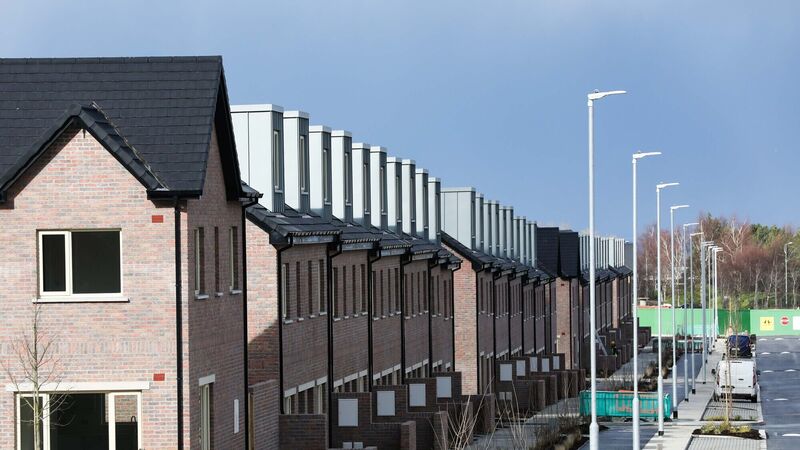Building 10,000 homes on public land would cost €3bn

The report outlines that while 67,000 homes could possibly be built on 83 plots of public land in Ireland’s largest urban centres over the next 15 to 20 years, just 9,760 of them are deliverable within the 'near term', or within five years. File picture: Sasko Lazarov / RollingNews.ie
Building just under 10,000 homes on the most readily available public land would cost nearly €3bn over the next five years, according to new figures.
The Land Development Agency’s first report on the public land which could be used to create housing stock estimates 25 developments in the largest urban areas around the country would cost a maximum of €2.97bn to develop fully.
The LDA, first established in 2018, has a working capital budget of €1.25bn, with the potential to double same to €2.5bn, suggesting additional funding would be required to bring the various developments to fruition.
The most expensive development marked as Class 1 by the LDA, or most likely to be developed in the near term, is at Carrickmines Little in Leopardstown, South Dublin, which would see a maximum of 2,080 homes created at a cost of €536m.
The three areas marked for the near term in Cork City would meanwhile cost about €375m to bring to development, with the creation of 1,230 homes.
Speaking at the launch of the report, LDA chief executive John Coleman stressed the agency had “limited resources”, and was in “constant discussion” with Government regarding the “scale of those resources”.
The briefing heard despite the LDA’s budgetary constraints, the agency does not have to be primarily responsible for delivering all of the units mentioned, that private entities or the affordable housing bodies could also step into the breach.
The report outlines that while 67,000 homes could possibly be built on 83 plots of public land in Ireland’s largest urban centres over the next 15 to 20 years, just 9,760 of them are deliverable within the “near term”, or within five years.
The report also outlines multiple properties around the State — including Broadstone bus garage in north Dublin and the Tivoli industrial estate at the Port of Cork — which are “significantly constrained” and would require at least 10 years to develop.
Mr Coleman stressed the LDA could not compel the owners of such lands to give it up, given their mandate is not the delivery of housing.
“The reality is we don’t own these sites, other agencies do,” he said.
Asked if it made sense to be discussing 37,000 homes that are not likely to be delivered anytime in the near future given the sheer scale of Ireland’s housing need, Mr Coleman said it was important “to talk about all possibilities”.
“If we don’t have that talk now, when will we?” he said.
He cited the example of Grand Canal Dock in Dublin which — in his words, in 2005 had been “a wasteland” — as a prime example of what can be achieved in terms of unlocking seemingly unusable land.
“We have to work out what the most important thing is or our country,” Mr Coleman said.
Asked how the LDA’s estimation of 67,000 achievable homes in Ireland’s urban catchments tallies with Housing Minister Darragh O’Brien’s assertion in the Dáil in March 2021 that 114,000 families could be accommodated on State land, Mr Coleman said a number of other properties have “constraints that are so monumental” that they could not even be designated as Class 3, or likely to take a minimum of 10 years to unlock.










